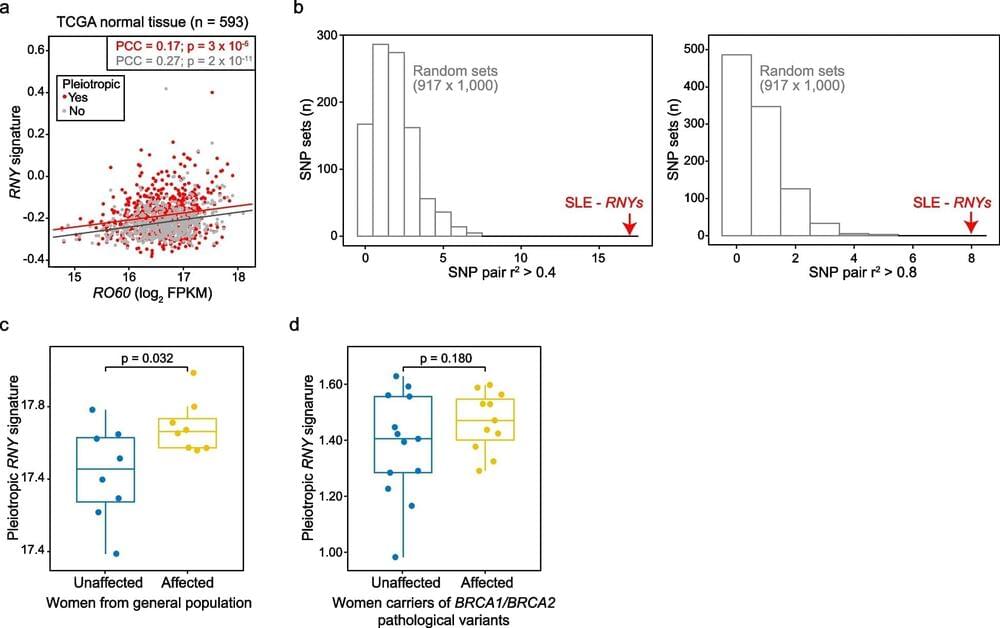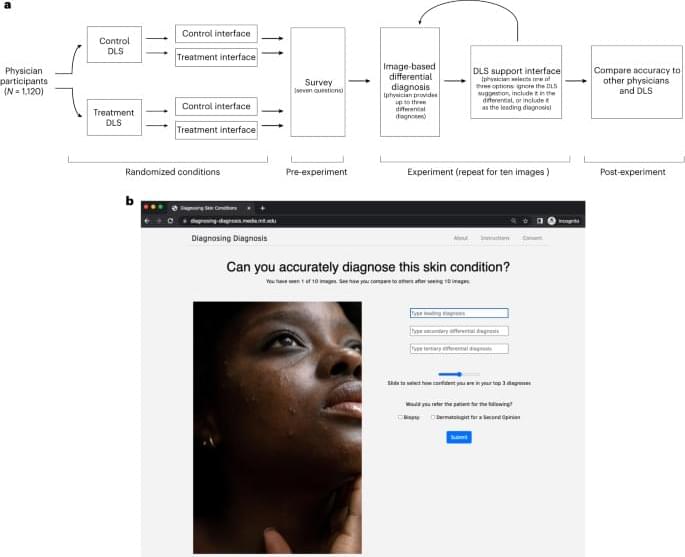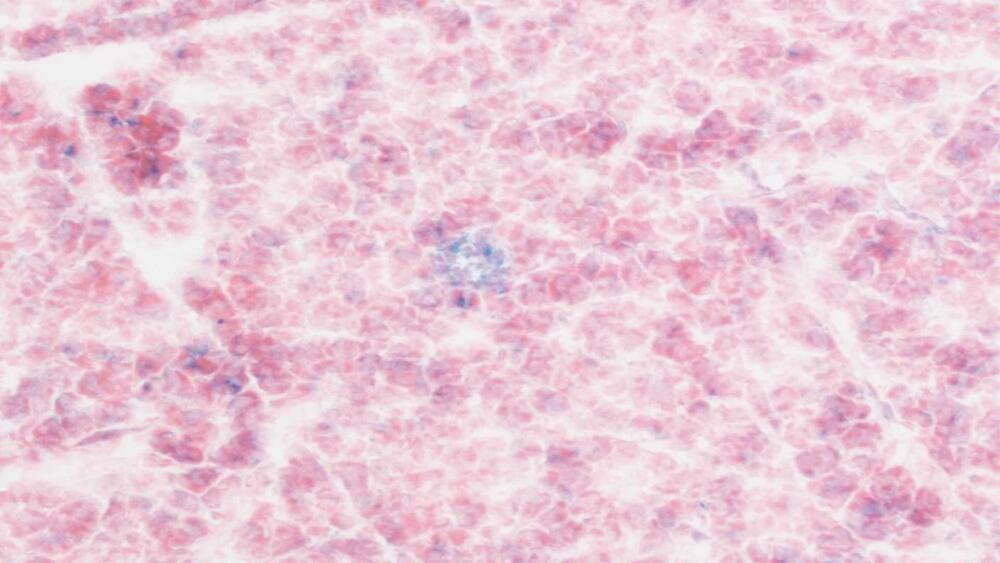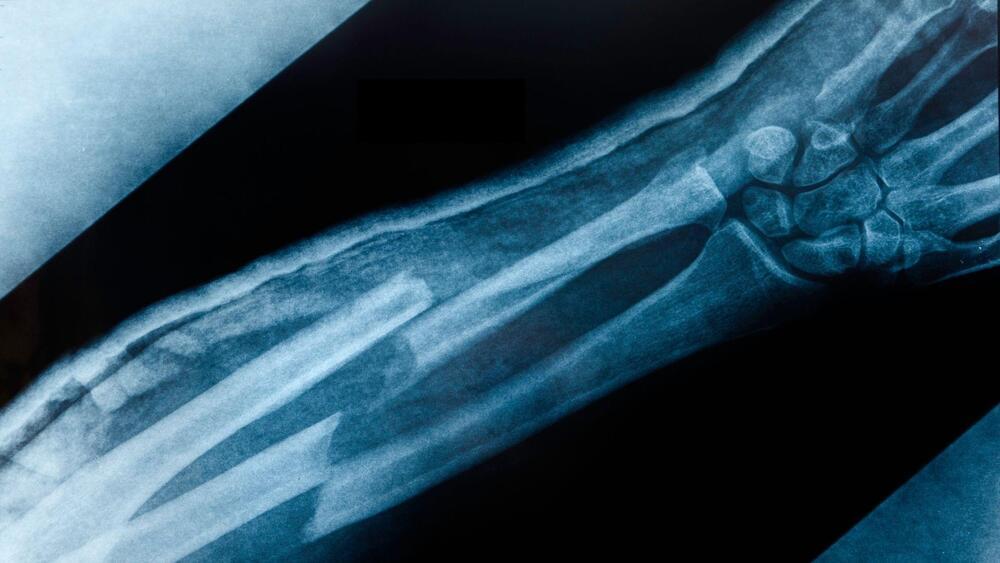Researchers have created the first functional 3D-printed brain tissue that can develop and form connections in the same way as real human brain tissue.
This remarkable accomplishment by a team at the University of Wisconsin–Madison provides neuroscientists with a new tool for studying communication between brain cells and other parts of the human brain, potentially leading to better ways of treating diseases like Alzheimer’s and Parkinson’s.
“It could change the way we look at stem cell biology, neuroscience, and the pathogenesis of many neurological and psychiatric disorders,” says neuroscientist Su-Chun Zhang, senior author of a new paper describing the research.






